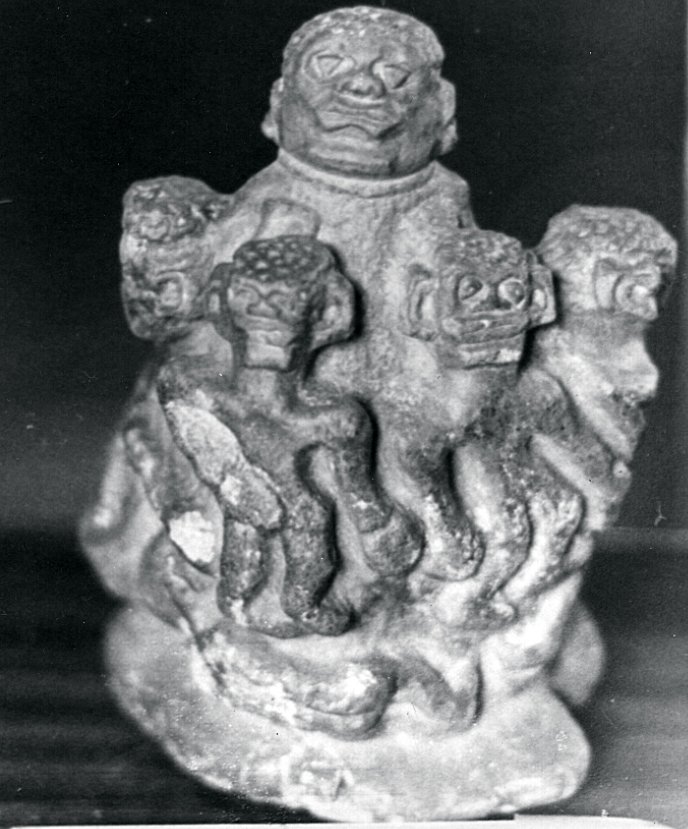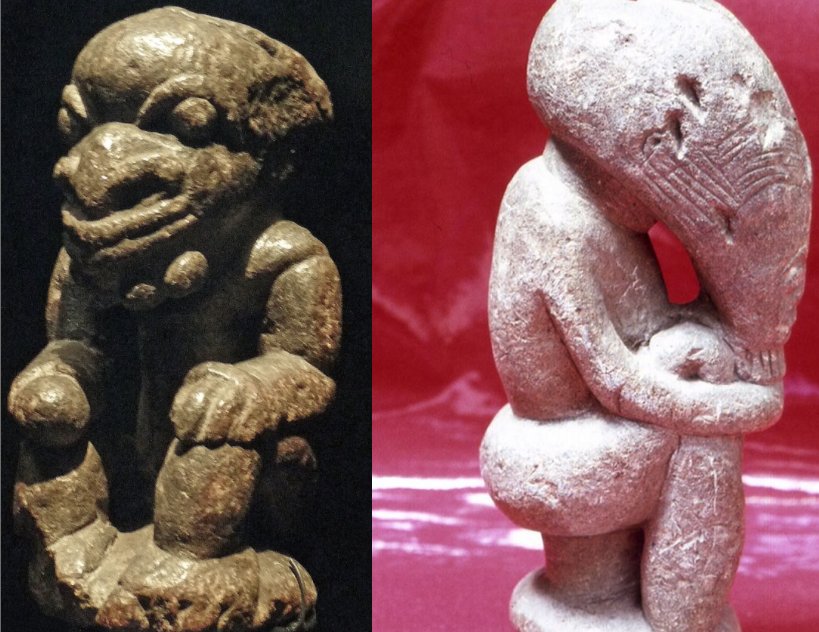Monstrous Nomoli Figures Left By Unknown Culture That Vanished Long Ago
A. Sutherland - AncientPages.com - The so-called Nomoli figures were found in Sierra Leone, West Africa.
The Nomoli are mysterious stone figures from 2,500 years to approximately 15,000 BC and even 17,000 BC. They seem to prove the existence of an advanced ancient civilization in West Africa.
Nomoli (Musée national de Sierra Leone). Image credit: John Atherton — Soapstone "Nomoli" figure from Sierra Leone (West Africa) - CC BY-SA 2.0
People of Africa also have memories of the giants who once lived on Earth. African legends describe these mighty beings as courageous and strong men with shining eyes, and their voices could be heard from one town to another.
An exciting discovery was made when a small metal ball was found in a hollow space inside the Nomoli figurine.
A legend tells that:
"They wandered without let or hindrance to places where no man had ever been before. One could not look them in the face because their eyes were so bright that it hurt one's own eyes to look at them. It was like looking at the sun."
Another legend says about divine creatures banned from the celestial empire and sent to Earth, which leads us to a representation of the "fallen angels" mentioned by various cultures.
This civilization, capable of reaching very high melting temperatures, also used the right tools for modeling perfectly spherical objects like those found inside the figures.
An analysis by the Museum of Natural History in Vienna, Austria, revealed that it is made from chrome and steel.
Left: Nomoli people, Mende, Sierra Leone; Right: Nomoli - Soapstone "Nomoli" figure from Sierra Leone (West Africa). Image credit: John Atherton, photo: British Museum, London, June 1970. - CC BY-SA 2.0
The earliest known production of steel is a piece of ironware unearthed in Anatolia (Kaman-Kalehoyuk) and is about 4,000 years old. How did it get there? And much more important - where did the metal come from?
The Somali - some were discovered at depths of 50 meters - depict mostly different human races from the so-called Caucasian to Negroid or their heads. Still, sometimes they resemble semi-human or semi-animal "monsters" and animals like monkeys, leopards, and elephants.
Some figurines depict lizards with human heads, and human figures with heads disproportionate to the rest of the body are usually shown in squatting or kneeling positions; one of the most common depictions represented by the Nomoli is a frightening-looking adult with a child.
Most Nomoli figures were made of soapstone or diverse kinds and colors of steatite, from dark green to light yellow-brown and almost white.
The Michael C. Rockefeller Memorial Collection, Bequest of Nelson A. Rockefeller, 1979 - CC0 1.0
The stone contains a high percentage of iron available in various parts of Sherbro Island in the Atlantic Ocean, located in Bonthe District off the Southern Province of Sierra Leone, West Africa.
Additionally, it is worth mentioning that none of these oral traditions indicates that the territory - now inhabited by the Mende - was previously occupied. It raises some critical questions: were there any earlier inhabitants?
Who were they? And what happened to them? Some scholars claim that these earlier inhabitants were the manufacturers of the mysterious Nomoli figurines carved in soapstone and found throughout the area now inhabited by the Mende people.
Those who sculpted the Nomoli figurines probably once occupied much of the present-day territory of the Mende, but according to ancient sources, they were pushed coastward.
Written by – A. Sutherland - AncientPages.com Senior Staff Writer
Updated on March 9, 2023
Copyright © AncientPages.com All rights reserved. This material may not be published, broadcast, rewritten or redistributed in whole or part without the express written permission of AncientPages.com
Expand for referencesReferences:
Basil Davidson, The African Genius
British Museum, London
More From Ancient Pages
-
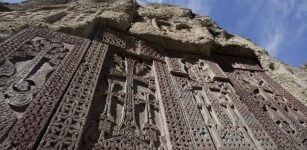 Ancient Armenia Remains A Country Full Of Secret History
Civilizations | Sep 25, 2015
Ancient Armenia Remains A Country Full Of Secret History
Civilizations | Sep 25, 2015 -
 Burial Of Queen Of Emma Of Normandy Discovered In Winchester Castle
Archaeology | Nov 2, 2021
Burial Of Queen Of Emma Of Normandy Discovered In Winchester Castle
Archaeology | Nov 2, 2021 -
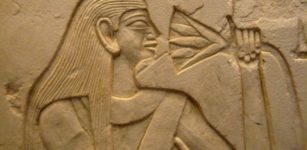 Nefertum – God Of Lotus Blossom, Perfumes, Aromatherapy, Beauty In Egyptian Mythology
Egyptian Mythology | Apr 17, 2021
Nefertum – God Of Lotus Blossom, Perfumes, Aromatherapy, Beauty In Egyptian Mythology
Egyptian Mythology | Apr 17, 2021 -
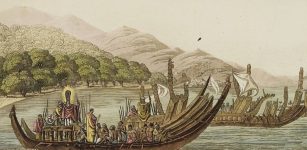 Binary System Was Used By Ancient Polynesians 1,000 Years Before The Concept Of A Computer Was Introduced
Ancient Technology | Feb 3, 2015
Binary System Was Used By Ancient Polynesians 1,000 Years Before The Concept Of A Computer Was Introduced
Ancient Technology | Feb 3, 2015 -
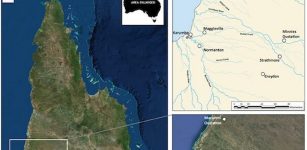 Isotope Analysis Helps Tell The Stories Of Aboriginal People Living Under Early Colonial Expansion
Archaeology | May 2, 2023
Isotope Analysis Helps Tell The Stories Of Aboriginal People Living Under Early Colonial Expansion
Archaeology | May 2, 2023 -
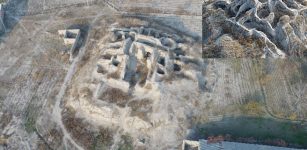 Sogdian Temple Of Jartepa II On Caravan Road Of The Silk Road
News | Sep 3, 2020
Sogdian Temple Of Jartepa II On Caravan Road Of The Silk Road
News | Sep 3, 2020 -
 Demise Of Cambodian City Angkor Caused By Decline In Occupation And Not Abrupt Collapse
Archaeology | Apr 18, 2019
Demise Of Cambodian City Angkor Caused By Decline In Occupation And Not Abrupt Collapse
Archaeology | Apr 18, 2019 -
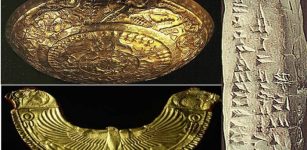 Forgotten Ancient Ugarit: One Of The Flourishing And Oldest Cities Of Canaan
Featured Stories | Jun 15, 2023
Forgotten Ancient Ugarit: One Of The Flourishing And Oldest Cities Of Canaan
Featured Stories | Jun 15, 2023 -
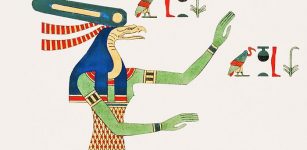 Wadjet – Egyptian Goddess Protected Pharaohs And Was Depicted As A Cobra-Uraeus
Egyptian Mythology | May 29, 2021
Wadjet – Egyptian Goddess Protected Pharaohs And Was Depicted As A Cobra-Uraeus
Egyptian Mythology | May 29, 2021 -
 Anne Neville – The Dramatical Story Of The White Queen
Featured Stories | May 22, 2020
Anne Neville – The Dramatical Story Of The White Queen
Featured Stories | May 22, 2020 -
 Mysterious City Lost In The Sands And Its Hidden Treasures
Civilizations | May 21, 2018
Mysterious City Lost In The Sands And Its Hidden Treasures
Civilizations | May 21, 2018 -
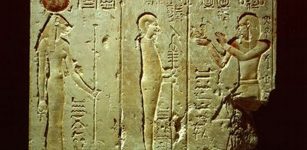 Egyptian Temple Culture In Ptolemaic-Era Survived Changes And Became Even Stronger – Researcher Says
Archaeology | Mar 1, 2017
Egyptian Temple Culture In Ptolemaic-Era Survived Changes And Became Even Stronger – Researcher Says
Archaeology | Mar 1, 2017 -
 Unexplained Ancient Wars In America – Knowledge Of Ancient High-Tech Weapons? – Part 1
Featured Stories | Sep 29, 2020
Unexplained Ancient Wars In America – Knowledge Of Ancient High-Tech Weapons? – Part 1
Featured Stories | Sep 29, 2020 -
 Archaeologists Discover Ancient Mayan Board Game – Here’s What It Can Teach Modern Educators
Featured Stories | May 19, 2023
Archaeologists Discover Ancient Mayan Board Game – Here’s What It Can Teach Modern Educators
Featured Stories | May 19, 2023 -
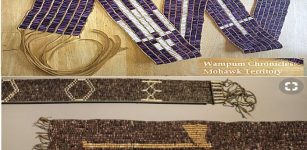 Why Were Wampum Belts Important To Native Americans?
Featured Stories | May 10, 2018
Why Were Wampum Belts Important To Native Americans?
Featured Stories | May 10, 2018 -
 Unexplained Mystery Of The Untraceable Stone-Throwers – Strangeness In Australia And New Zealand – Part 2
Featured Stories | Nov 13, 2019
Unexplained Mystery Of The Untraceable Stone-Throwers – Strangeness In Australia And New Zealand – Part 2
Featured Stories | Nov 13, 2019 -
 10 Christian Symbols Explained
Ancient Symbols | Jul 28, 2018
10 Christian Symbols Explained
Ancient Symbols | Jul 28, 2018 -
!["That most enduring of romantic images, Aristotle tutoring the future conqueror Alexander".[147] Illustration by Charles Laplante [fr], 1866](https://www.ancientpages.com/wp-content/uploads/2017/06/aristotleraslexanderlyceum-307x150.jpg) Aristotle: First Book Collector Who Assembled The First Great Library Of Antiquity
Featured Stories | Jun 23, 2017
Aristotle: First Book Collector Who Assembled The First Great Library Of Antiquity
Featured Stories | Jun 23, 2017 -
 Unique Viking Age Shipyard Discovered At Birka Challenges Maritime Activities Of The Viking Age
Archaeology | Jun 16, 2022
Unique Viking Age Shipyard Discovered At Birka Challenges Maritime Activities Of The Viking Age
Archaeology | Jun 16, 2022 -
 Comet Strike 13,000 Years Ago May Have Changed Human Civilization
Archaeology | Jul 6, 2021
Comet Strike 13,000 Years Ago May Have Changed Human Civilization
Archaeology | Jul 6, 2021

